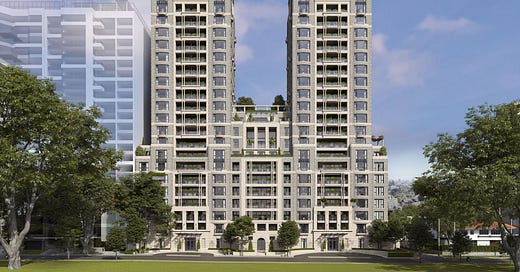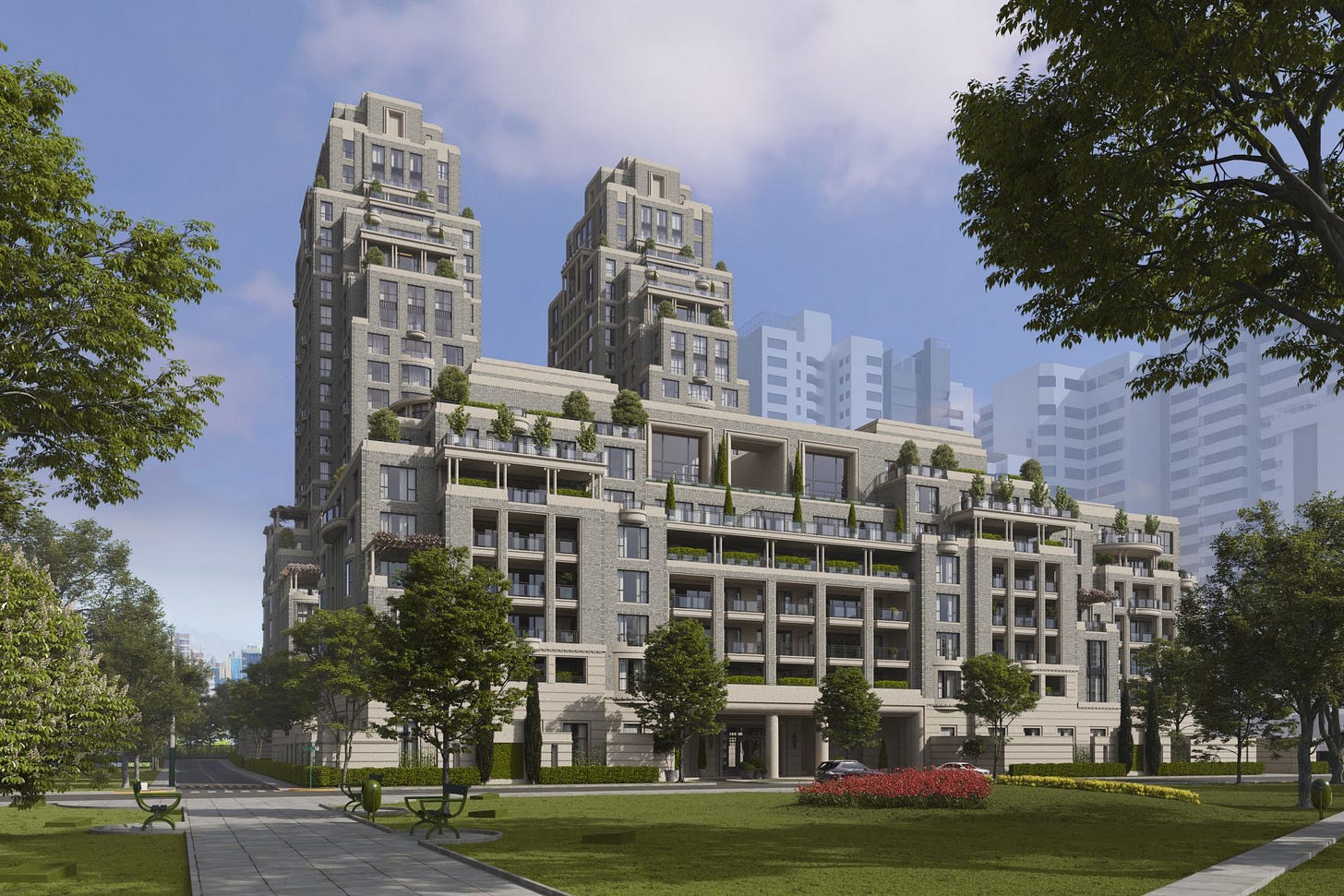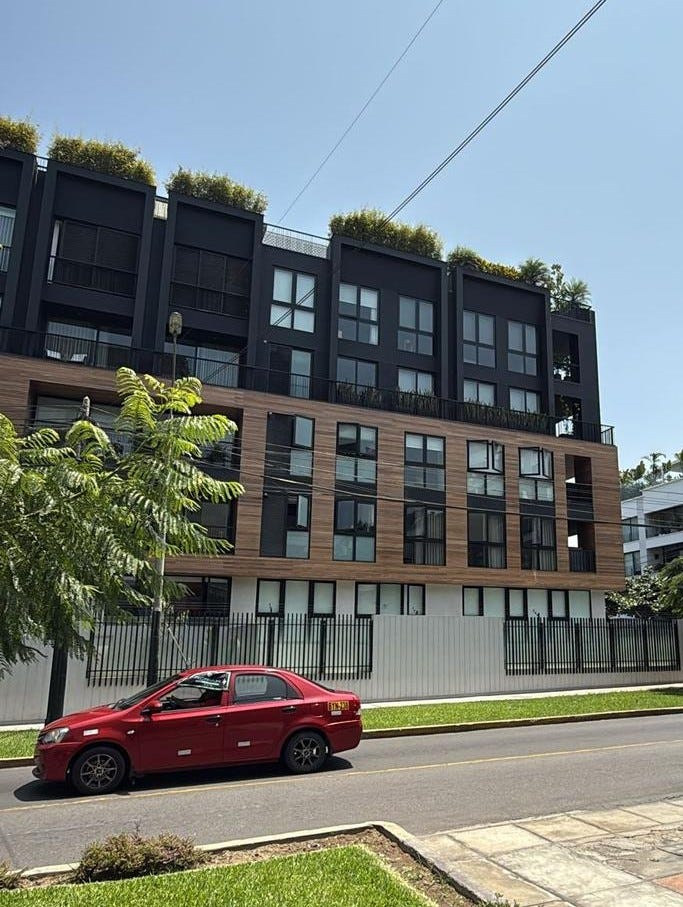Sense of Place or Sense of Ego? An examination of when Architecture talks big but misses the mark
A Case Study on 195 Avenida Pezet, Lima, Peru.
It is surprising how the field of architecture teams up with scholars who individually proclaim themselves the sole bearers of absolute truth. Their values, ideas, and ethical principles dictate the discipline's what, how, and why.
However, there is an insuperable gap between their discourse and their work. They all recite the narrative of "sense of place" and "identity," yet their designs rarely reflect the sites in which they are placed.
This is where architectural hypocrisy becomes most evident.
Today, I decided to examine how internationally renowned architects hide behind discourses of responsibility and contextual connection, proclaiming themselves as guardians of universal design when, in reality, their projects often contradict their premises.
The narrative of place and community engagement flourishes in presentations and brochures but rarely materializes in the built environment. Contemporary architecture is more than an art of creation; what prevails is an exercise in discursive legitimization, saying the right things to mask the arbitrary.
Do as I say, not as I do.
A clear example of this contradiction is the building next to where I currently reside in Lima, Peru.
In the heart of San Isidro, facing Roosevelt Park, the New York-based firm Robert A.M. Stern Architects (RAMSA) designed the 195 Avenida Pezet complex. A project that, paradoxically, contradicts the much-vaunted sense of place that the firm itself promotes. As quoted from their social media bio, “Our research-driven practice is dedicated to preserving a sense of place…”.
At first glance, the building does not engage in any dialogue with its context: it is a New York design placed in Lima, with no consideration for the urban fabric or the architectural identity of the area.
The design is justified under the premise that Lima, like many Latin American cities, seeks a more international aesthetic.
However, in this case, what has been applied is not an international style but an architectural characteristic of a particular part of New York. Everything in its language, from the materials to the project's scale, references Manhattan.
This raises a fundamental question: Are we really talking about an international style or simply the exportation of a New York City urban model?
To put it in perspective, it would be interesting to see if this same international design would work in Austin, Texas, or San Diego, California.
But beyond its disconnection from its surroundings, the project fails to meet other fundamental architectural principles:
It has no sense of place – It does not respond to Lima’s context or the neighbourhood's identity in which it is placed. (See the site’s pre-existing conditions below)
It does not represent the values of San Isidro or its residents – Rather than integrating with the community, it imposes an external vision that is detached from its culture and social fabric. (Inside Scoop: I chatted with a few residents living around the area, and no one feels represented by the building scale or architectural style)
It is not affordable – Its cost makes it an exclusive product, out of reach for the majority of the local population, further reinforcing the social divide in the city.
It does not add anything positive to the neighbourhood; on the contrary, it devalues it - The new density overloads the area, bringing no tangible benefits to San Isidro, but rather, it transforms it without considering its preexisting balance.
Below is an excellent example of Lima's contemporary architecture, history, values and roots. Respecting closely the true sense of place.
The industry clings to concepts of identity and belonging when convenient but discards them just as quickly when a design caters more to globalized trends or the author's whims than to a genuine analysis of the context.
In theory, architecture should reflect a place, its people, and its history. However, in practice, it has become an empty discourse where words carry more weight than the built works themselves.
Below, you will see the pre-existing condition of the site with an architecture that aligns seamlessly with what San Isidro means for the city of Lima. Take a look for yourself → Click here or in the image below.
Disclaimer:
The opinions expressed in this blog post are my own and are intended purely as an architectural critique. This analysis is based on my professional perspective on the importance of a sense of place in design. I have no personal or professional grievance against any of the firms mentioned, and my observations are solely focused on architectural discourse and urban integration.








